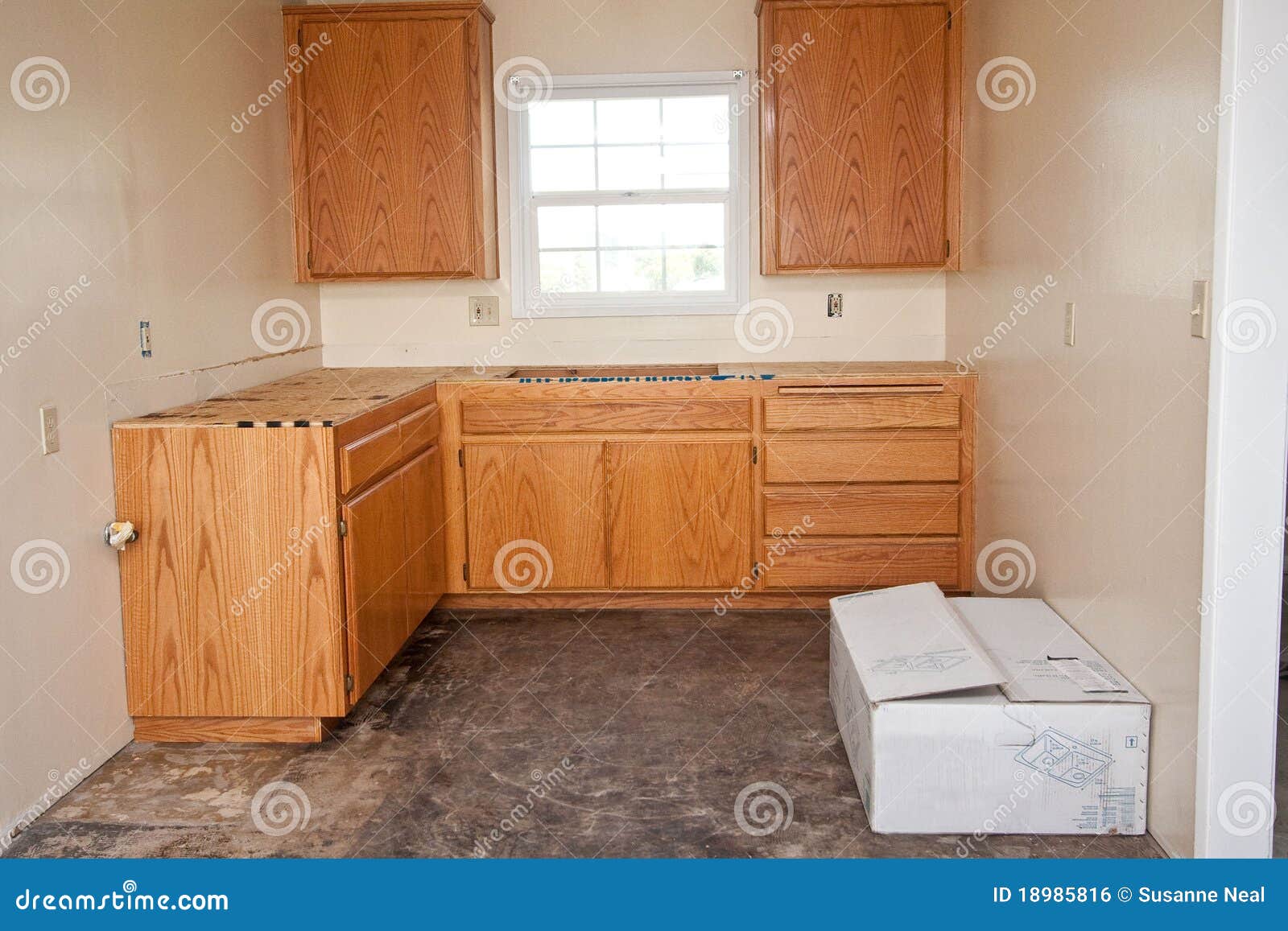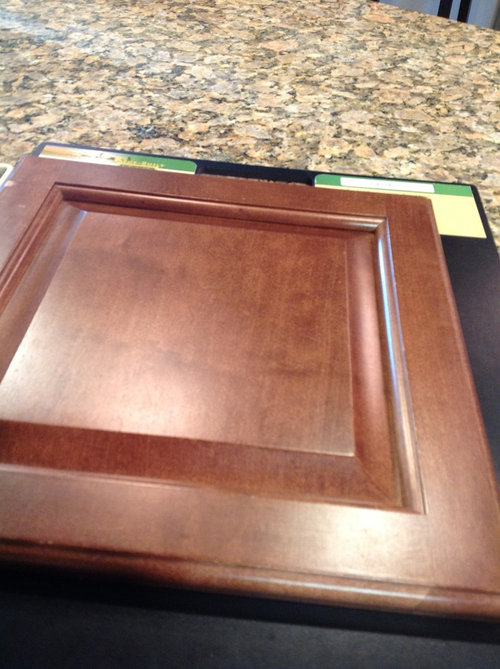Replacing Kitchen Cabinets and Countertops
Replacing kitchen cabinets and countertops is a major home improvement project that can transform the look and functionality of your kitchen. Whether you’re updating outdated cabinets and countertops or completely remodeling your kitchen, this comprehensive guide will provide you with everything you need to know about the process. From choosing the right materials and styles to installation and maintenance tips, we’ll cover all aspects of replacing kitchen cabinets and countertops to help you achieve the kitchen of your dreams.

Choosing the Right Cabinets
Material Selection: When selecting new kitchen cabinets, the material is a crucial consideration. Common options include wood, laminate, metal, and thermofoil. Each material has its advantages and disadvantages in terms of durability, appearance, and cost. Wood cabinets are timeless and durable but may be more expensive, while laminate cabinets offer a budget-friendly option with various colors and styles.
Style and Design: The style and design of your kitchen cabinets play a significant role in the overall aesthetics of your kitchen. Choose a style that complements your home’s architectural style and reflects your taste. Popular styles include traditional, contemporary, and transitional. Additionally, consider features such as door style, hardware, and finish to create a cohesive look in your kitchen.
Storage Needs: Assess your storage needs and prioritize functionality when selecting kitchen cabinets. Consider features such as drawer organizers, pull-out shelves, and pantry solutions to maximize storage space and improve organization in your kitchen. Customizable cabinets offer flexibility in design and layout to accommodate your specific storage needs.
Budget Considerations: Establish a budget for your kitchen cabinet replacement project and stick to it. Research different materials, styles, and manufacturers to find options that fit within your budget while meeting your quality and design requirements. Consider factors such as installation costs, hardware, and accessories when budgeting for your new cabinets.

Choosing the Right Countertops
Material Options: There are numerous material options available for kitchen countertops, each with its unique characteristics and benefits. Popular choices include granite, quartz, marble, laminate, and solid surface. Consider factors such as durability, maintenance requirements, and aesthetics when choosing the right material for your countertops.
Color and Pattern: The color and pattern of your countertops can significantly impact the overall look and feel of your kitchen. Choose a color and pattern that complements your kitchen cabinets, flooring, and backsplash while reflecting your style. Consider factors such as lighting and the size of your kitchen when selecting the right color and pattern for your countertops.
Functionality: Consider the functionality of your countertops when selecting a material. If you do a lot of cooking and food preparation, choose a durable material that can withstand heat, stains, and scratches. Additionally, consider features such as edge profiles, surface finish, and maintenance requirements to ensure that your countertops meet your specific needs.
Budget Considerations: Establish a budget for your kitchen countertop replacement project and explore different material options that fit within your budget. Keep in mind that certain materials may require additional maintenance or sealing, which can impact long-term costs. Consider factors such as installation costs, edge profiles, and maintenance requirements when budgeting for your new countertops.

Installation Process
Preparation: Before installing new kitchen cabinets and countertops, it’s essential to prepare the space properly. Remove existing cabinets, countertops, and appliances, and inspect the walls and floors for any damage or issues that need to be addressed. Ensure that plumbing and electrical connections are properly disconnected and rerouted if necessary.
Cabinet Installation: Start by installing the base cabinets, ensuring that they are level and securely anchored to the wall. Use shims to adjust the height and ensure a level installation. Next, install the upper cabinets, making sure to leave enough space for appliances and ventilation. Secure the cabinets to the wall studs and each other, and install any additional hardware or accessories.
Countertop Installation: Once the cabinets are installed, it’s time to install the countertops. Measure and cut the countertops to fit the space, making any necessary adjustments for sinks, cooktops, and other fixtures. Apply adhesive or sealant to the cabinet tops and carefully place the countertops in position. Secure the countertops to the cabinets using screws or brackets, and seal the seams to prevent moisture penetration.
Finishing Touches: After the cabinets and countertops are installed, complete the project by installing appliances, sinks, faucets, and backsplashes. Make any necessary adjustments or repairs to ensure that everything is properly aligned and functioning correctly. Clean and seal the countertops as needed to protect them from stains and damage.

Maintenance Tips
Regular Cleaning: Keep your new kitchen cabinets and countertops clean and well-maintained by regularly wiping them down with a mild detergent and water. Avoid using harsh chemicals or abrasive cleaners that can damage the finish or surface of the cabinets and countertops.
Preventative Maintenance: Take preventative measures to protect your cabinets and countertops from damage. Use cutting boards, trivets, and coasters to prevent scratches, heat damage, and moisture penetration. Promptly clean up spills and stains to prevent them from setting into the surface.
Sealing: If you choose natural stone countertops such as granite or marble, ensure that they are properly sealed to protect them from stains and moisture damage. Reapply sealant as needed according to the manufacturer’s recommendations to maintain optimal protection.
Hardware Maintenance: Regularly inspect and tighten hardware such as cabinet knobs, handles, and hinges to ensure that they are secure and functioning properly. Replace any damaged or worn hardware to prevent further damage to the cabinets.

Common Mistakes to Avoid
Ignoring Functionality: Avoid sacrificing functionality for aesthetics when selecting kitchen cabinets and countertops. Consider your storage needs, cooking habits, and lifestyle to ensure that your choices meet your practical requirements.
Overlooking Budget Considerations: Don’t overlook budget considerations when selecting materials and features for your kitchen cabinets and countertops. Establish a realistic budget and stick to it to avoid overspending on unnecessary upgrades or features.
Poor Planning: Avoid starting the installation process without proper planning and preparation. Take accurate measurements, assess the condition of the space, and plan the layout and design of your new cabinets and countertops carefully to ensure a successful installation.
Neglecting Maintenance: Don’t neglect regular maintenance and care for your new kitchen cabinets and countertops. Follow the manufacturer’s recommendations for cleaning, sealing, and maintenance to ensure that they remain in optimal condition for years to come.
Skipping Professional Installation: Avoid attempting to install kitchen cabinets and countertops yourself if you lack the necessary skills and experience. Improper installation can lead to costly mistakes, damage to your cabinets and countertops, and safety hazards. Hire a professional contractor or installer to ensure a seamless and high-quality installation.

How long does it take to replace kitchen cabinets and countertops?
The time required to replace kitchen cabinets and countertops varies depending on factors such as the size of the kitchen, the scope of the project, and the materials chosen. On average, the process can take anywhere from a few days to several weeks.
What is the cost of replacing kitchen cabinets and countertops?
The cost of replacing kitchen cabinets and countertops varies widely depending on factors such as material selection, size of the kitchen, and additional features or upgrades. On average, homeowners can expect to spend several thousand dollars for a complete kitchen cabinet and countertop replacement project.
Can I reuse my existing kitchen cabinets and just replace the countertops?
In some cases, it may be possible to reuse existing kitchen cabinets and only replace the countertops to update the look of the kitchen. However, this option depends on the condition and quality of the existing cabinets and may not be suitable for all kitchens.
Do I need to hire a professional contractor to replace kitchen cabinets and countertops?
While DIY installation is possible for experienced homeowners, hiring a professional contractor or installer is recommended for a seamless and high-quality installation. Professional installers have the skills, tools, and experience to ensure that the project is completed efficiently and accurately.
How do I choose the right materials and styles for my kitchen cabinets and countertops?
When choosing materials and styles for kitchen cabinets and countertops, consider factors such as durability, aesthetics, functionality, and budget. Research different options, visit showrooms, and consult with design professionals to find options that meet your specific needs and preferences.

Taj Mahal Quartzite For Awesome Countertop Design: Charming Scandinavian Kitchen With White

Santa Cecilia Granite Countertops (Design, Cost, Pros and Cons) – Homeluf Replacing kitchen

Kitchen cabinets, countertops, backsplashs Pictures and Photos

Help needed for kitchen cabinet and countertop selection

What is the best color combination for kitchen cabinets with black countertop? – Quora
Kitchen Cabinets and Countertops Designs

Kitchen Ideas Cabinets And Countertops
Related Posts:
- Kitchen Granite Countertop Photos
- Kitchen Colors With Blue Countertops
- Kitchen Countertop Price Philippines
- Silestone Kitchen Countertops Colors
- White Kitchen Cabinets With Gray Quartz Countertops
- Outdoor Kitchen Countertop Options
- Kitchen Countertops Rhode Island
- How To Redo Kitchen Countertops Cheap
- Cheap Creative Ways To Redo Kitchen Countertops
- Kitchen Ideas With Dark Granite Countertops